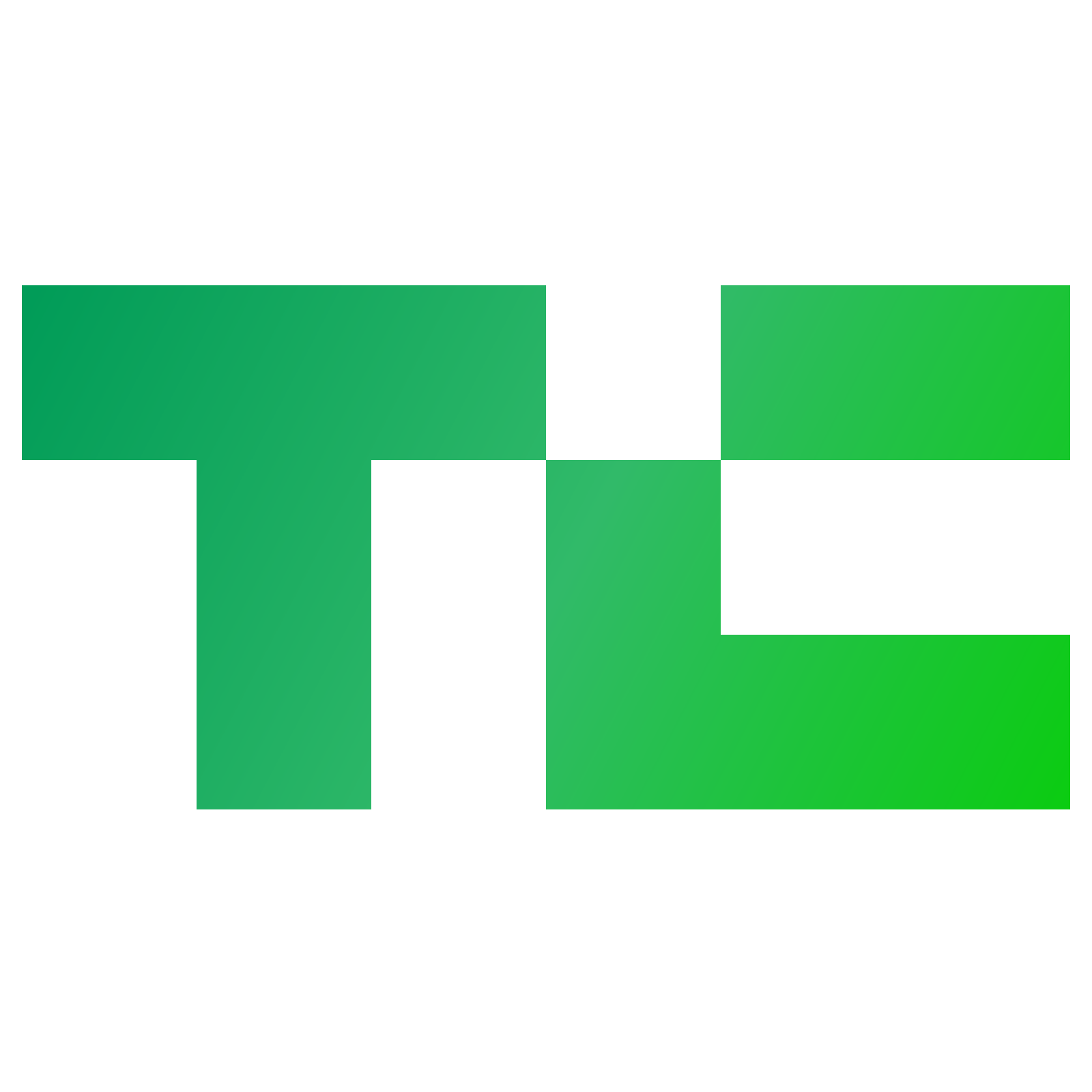


Technology news and analysis with a focus on founders and startup teams
204 Les gens qui ont lié ça
0 Articles
0 Photos
0 Vidéos



